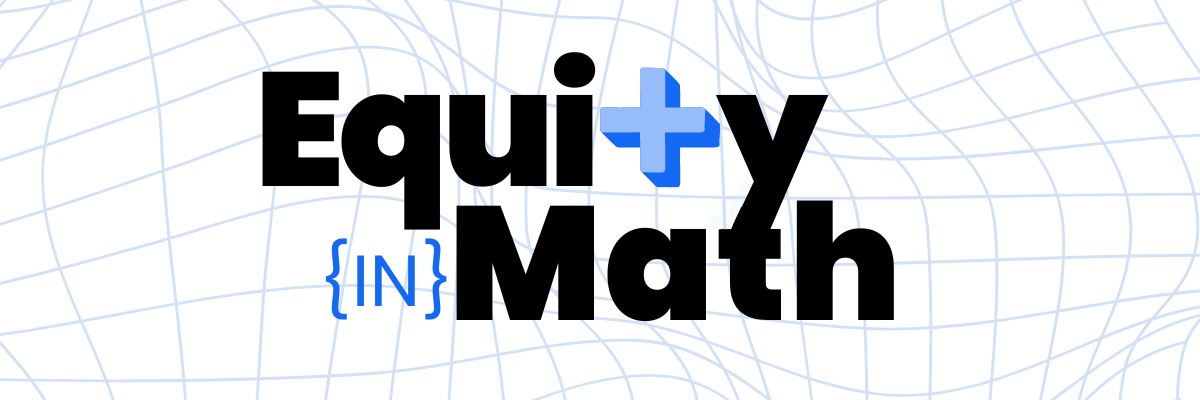|
Principal Candace Hugee weighs in on the power of quantitative and qualitative data.
In my experiences as a classroom teacher, district level administrator, and as a professional development coach, I constantly struggle with the negative connotation often assigned to data. This is especially true in cases where educators see the term "data-driven instruction" as being synonymous with high-stakes testing. As my colleague G. Faith Little notes in Understanding Data: How Does It All Add Up?, data is not just a tool for evaluation — it’s a source of information.
The meaning of data
There are several major components of data-driven instruction. Understanding not only what they are, but what they mean is important when considering data points and the intended outcome of improving instruction.
A principal's perspective
with Candace Hugee In Data-Driven Instruction, authors Ben Fenton and Mark Murphy note that “in this era of increased accountability, nearly every principal has begun using data to help drive instructional practices. Principals in the most rapidly improving schools almost always cite data-driven instruction as one of the most important practices contributing to their success. But what exactly does data-driven instruction mean to them, and how do they achieve it?” I decided to take that question and others to Candage Hugee, Principal at the Urban Assembly School for Collaborative Healthcare. We have been working together for nearly three years, and I have found her experiences and application of data for her school to be most instructive.
Current studies indicate that educators in schools with data-focused programs think using data improves their instruction significantly. Very often, these schools have a tendency to gather various forms of data, because they recognize that all forms of data are valuable information. The more information we have, the more informed our decisions can be, and the better our instruction will be for our students.
|
|
The Center for Professional Education of Teachers (CPET) at Teachers College, Columbia University is committed to making excellent and equitable education accessible worldwide. CPET unites theory and practice to promote transformational change. We design innovative projects, cultivate sustainable partnerships, and conduct research through direct and online services to youth and educators. Grounded in adult learning theories, our six core principles structure our customized approach and expand the capacities of educators around the world.
|
ABOUT US
525 West 120th Street, Box 182 New York, NY 10027 416 Zankel Ph: (212) 678-3161 [email protected] Our Team Career Opportunities |
RESOURCES
Professional Articles Ready-to-Use Resources Teaching Today Podcast Upcoming PD Opportunities |
COACHING SERVICES
Custom Coaching Global Learning Alliance Literacy Unbound New Teacher Network Student Press Initiative |

























